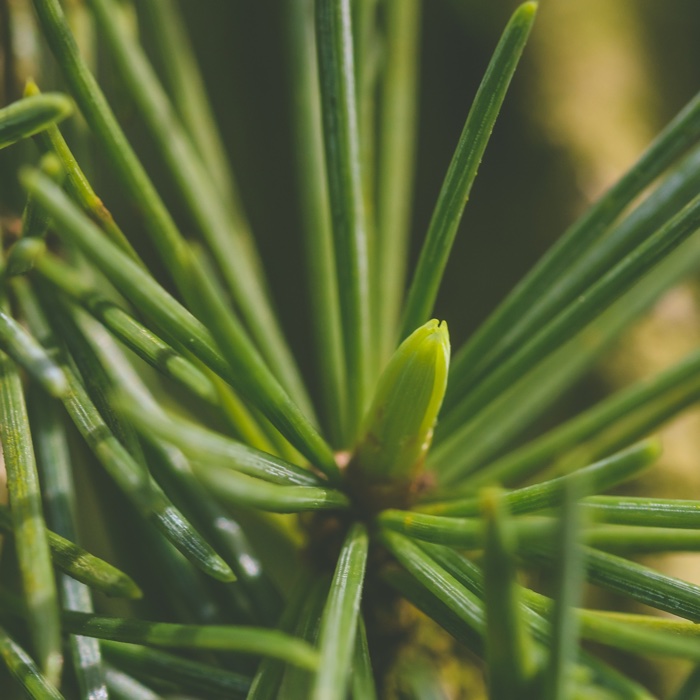Botanical collection

Cedar of the Glaucus Atlas
Common name: Cedar of the Glaucus Atlas
Latin name: Cedrus atlantica ‘Glauca’
Family: Pinaceae
Origin: Morocco and Algeria
Features:
The term Cedrus comes from the Greek word Kedros used to indicate a species of juniper. The species, Atlantica, indicates the place of origin, the Moroccan Atlas Mountains in North Africa, where there are entire forests of them.
Conifer of large dimensions, reaches and exceeds 40 meters of height. When young it has a pyramidal bearing, while in older plants the branches can take an almost horizontal course, giving the foliage an expanded and majestic bearing. The bark is dark grey and with age it cracks forming small scales.
It is a very rustic plant, undemanding in terms of soil, resistant to pollution and low temperatures.
The leaves are needle-shaped of grey-blue-silver colour that differ according to age: those of the young branches are softer, isolated and spirally arranged on the branch, while those of the old branches are joined in tufts and are generally much stiffer and shorter than the previous ones.
Male and female reproductive structures are on the same plant. The male ones are assembled in grey and green erect cylindrical cones of 3- 5 cm that ripen at the end of September. The female reproductive structures, on the other hand, are pale green ovoid cones placed on the branches in the terminal position that ripen after the male flowers.
The pine cones are erect, in the shape of a small barrel, with a concave apex and about 8 cm long. They take two years on the plant to ripen and then the scales, fan-shaped with rounded margin, separate one by one from the central axis and disperse the winged seeds.
Curiosity: the wood and foliage are distilled for essential oils.
Selection for the park: low deck plant; height 4- 6 metres.
Botanical information powered by AG&P
See on the map


